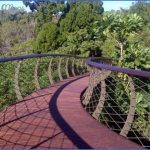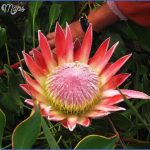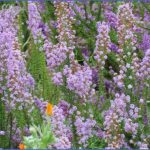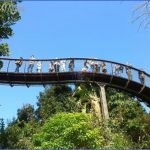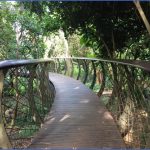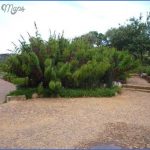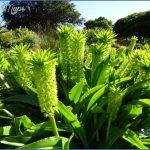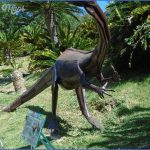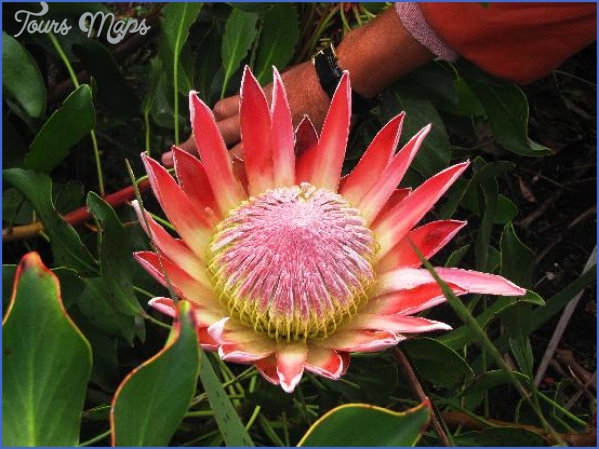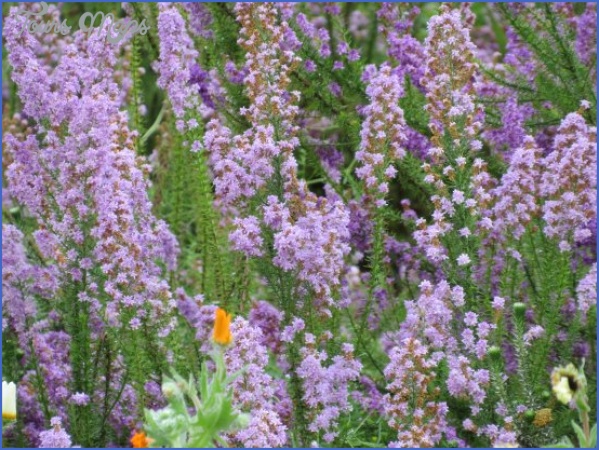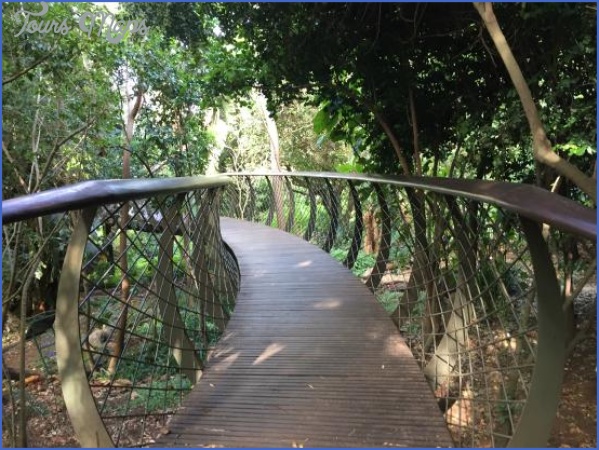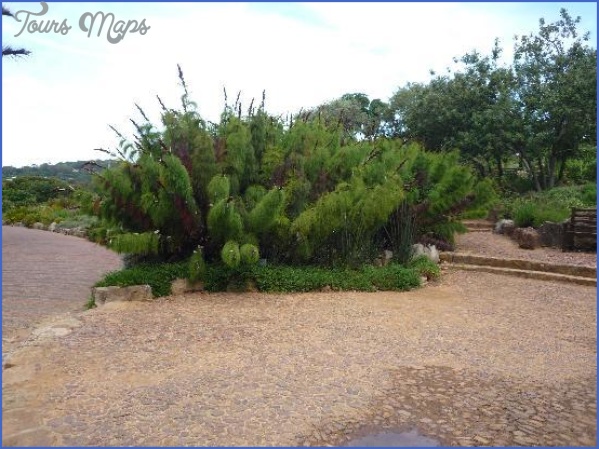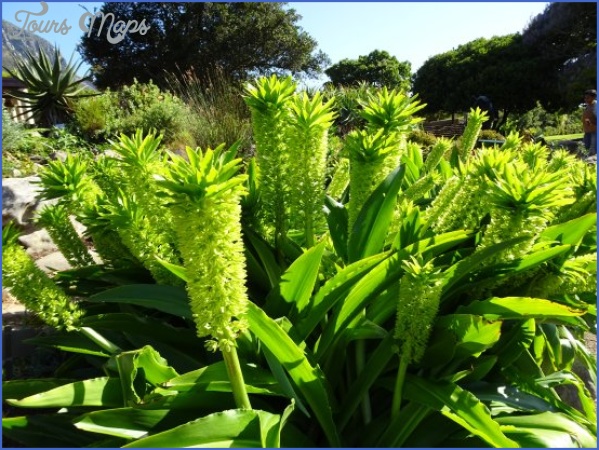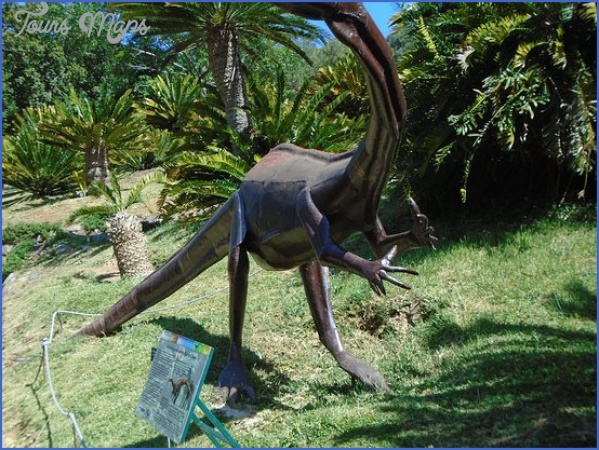Encouraged by the success of the first show, the following year the village organising committee attracted ‘the distinguished patronage vouchsafed by Lady Robinson, who has graciously signified her intention of being present’. Lady Robinson was the wife of Sir Hercules Robinson, Queen Victoria’s High Commissioner to South Africa, and a colonial official of considerable stature. A special train was arranged for the convenience of the party from Government House – a measure of the personal interest in matters botanical that was entertained by many of the political leaders, and those in business, of the Victorian era. Governors General, Lord Chief Justices, Randlords and even Prime Ministers – in the case of Jan Smuts – were personally involved in field expeditions, herbarium collections and the creation of new botanical gardens. Sadly, little of this rich tradition remains.
Spring flowers erupt following a recent veldfire in the renosterveld of Elandsberg Nature Reserve.
Despite the transformation of over 80 per cent of the fynbos, and especially the renosterveld of the Tulbagh area, to wheat and other agricultural uses, new species continue to be found in the tiny remnant patches of natural veld. A single privately owned property, Elandsberg Nature Reserve, has yielded several new species over the past decade, most of these named by John Manning of the Compton Herbarium
Trip Advisor Kirstenbosch National Botanical Garden Photo Gallery
While Tulbagh holds the honour of being the first village to organise a wild-flower show, it was Caledon that became the focal point of such enterprises, starting in 1892. Like Tulbagh, Caledon lies in the centre of rich wheat lands on the Bokkeveld shales that provide the fertile soils on which renosterveld, as opposed to fynbos, is dominant. The adjoining mountains, of acidic, nutrient-poor sandstones, carry fynbos. These two major vegetation types have distinctive and extremely rich endemic floras and, in spring, local farmers could readily supply up to 400 species of wild flower, in profusion, for the massed arrangements that became the hallmark of the wild-flower shows of the Cape.
Spring annuals from Namaqualand greet visitors on arrival in the Garden.
The transformation of renosterveld into wheat lands, and the rigid protection of mountain fynbos within nature reserves, have reduced the source of abundant flowers for shows today. But the rise in the commercial cut-flower industry in the Cape provides an adequate supply of flowers for annual spring shows that are organised by local communities from Clanwilliam in the north, through the villages of Hopefield, Darling, Caledon and Hermanus, to Bredasdorp and Riversdale in the far south. Fortunately, the timing of shows follows the southward progression of the flowering peak, from August in the north to October in the south, allowing flower lovers to move from one show to the next through the spectacular Cape spring.
Over the years, major flower shows with participation from across the country have been held in Cape Town – at first in the City Hall and, when the demand for space outgrew the venue, at show grounds and conference centres around the city. Kirstenbosch has organised a series of flower extravaganzas to celebrate special anniversaries, such as its Golden Jubilee of 1963, and 75th Anniversary in 1988, when tens of thousands of visitors enjoyed a botanical spectacle that was world-beating in terms of colour, fragrance and diversity. Grand floral shows probably reached their zenith in the great Flora ’93, when 65 000 excited visitors enjoyed a mass display of the country’s floral riches. As the pressures on natural populations of wild flowers increase, and the energies of a remarkable cohort of volunteer organisations wane, the possibility of mounting shows such as those of the past, more gracious, century has disappeared, although smaller shows in country villages continue.
Maybe You Like Them Too
- Top 10 Islands You Can Buy
- Top 10 Underrated Asian Cities 2023
- Top 10 Reasons Upsizing Will Be a Huge Travel Trend
- Top 10 Scuba Diving Destinations
- World’s 10 Best Places To Visit

